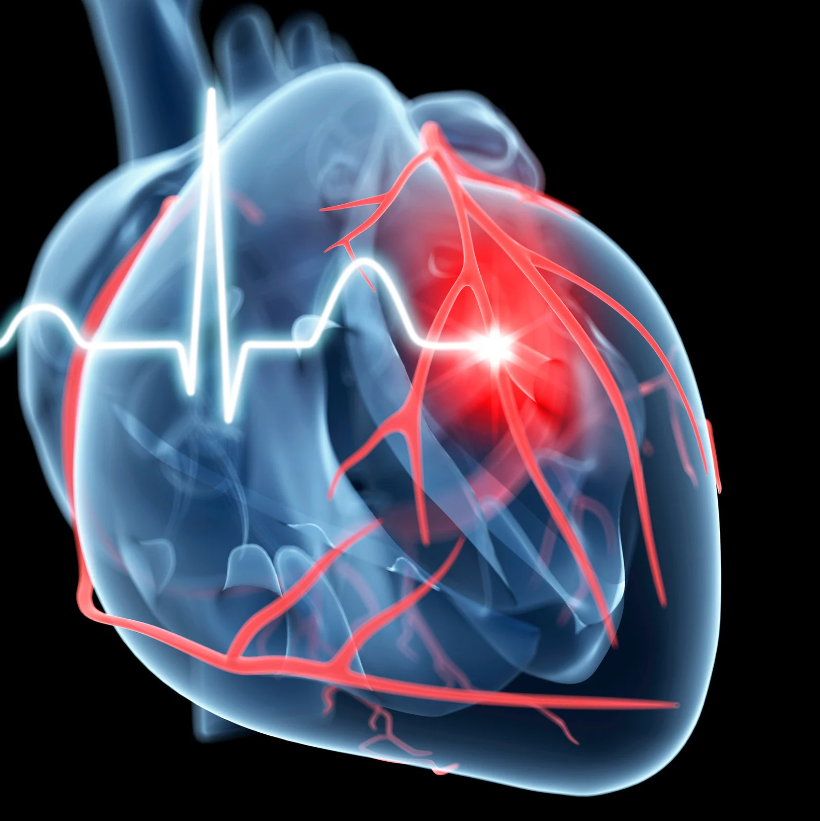Heart attacks and cardiac arrest pose significant threats to men’s lives and overall well-being. It is crucial for men to understand the importance of heart attack prevention and take proactive measures to safeguard their heart health. In this article, we will delve into the significance of heart attack and cardiac arrest prevention, explore their differences, discuss prevention strategies, and outline the available treatment options.

Why prioritize heart attack prevention and cardiac arrest?
Many men mistakenly believe that heart problems only occur in older individuals. However, heart disease is a leading cause of mortality among younger men. In fact, after accidents, heart disease ranks as the most common cause of death for men between the ages of 35 and 44, and it claims the top spot for men aged 45 to 54. The American Heart Association now recommends initiating heart disease prevention as early as 20 years of age. By taking preventive measures, men can delay or even prevent the onset of cardiovascular disease and its potentially fatal consequences.
Also Read: Taking a Deep Breath: Understanding and Combating Lung Infections
Understanding heart attack prevention, and cardiac arrest:

A heart attack, also known as a myocardial infarction, occurs when the coronary arteries, responsible for supplying the heart muscle with oxygen and nutrients, become obstructed by a buildup of fats, cholesterol, and other substances. If a blood clot suddenly blocks a clogged artery, the heart muscle is deprived of essential fuel, causing cells to die and potentially leading to the cessation of the heart’s pumping function.
On the other hand, cardiac arrest is an electrical problem. It results from irregular electrical impulses, leading to an arrhythmia (irregular heartbeat). Cardiac arrest requires immediate medical attention, often involving the use of defibrillators to restore the heart’s normal rhythm. In the worst cases, cardiac arrest can result in “sudden cardiac death.” It is worth noting that a heart attack can sometimes lead to cardiac arrest.
Heart Attack Prevention and Cardiac Arrest:
The primary goal of prevention is to minimize the buildup of plaque in the arteries, a condition known as atherosclerosis. By ensuring smooth blood flow throughout the body, the risk of heart-related problems can be significantly reduced. To achieve this, the following preventive measures are recommended:
- Engage in regular exercise: Aim for at least 30 minutes of exercise most days of the week. Regular physical activity helps maintain cardiovascular health and reduces the risk of plaque buildup.
- Adopt a heart-healthy diet: Consume a diet low in unhealthy fats while emphasizing fruits and vegetables. A healthy diet contributes to overall well-being and reduces the risk of heart disease.
- Maintain a healthy weight: If overweight, strive to achieve a healthy weight through a combination of regular exercise and a balanced diet. Excess weight increases the strain on the heart and elevates the risk of heart-related conditions.
- Quit smoking: Smokers are 2 to 4 times more likely to develop plaque in the coronary arteries. By quitting smoking, men can significantly reduce their risk of heart attacks and cardiac arrest.
- Manage emotional stress: Chronic stress can adversely affect heart health. Implement stress management techniques such as exercise, meditation, and engaging in hobbies to reduce emotional stress levels.
- Control underlying medical conditions: Conditions like high blood pressure, diabetes, and high cholesterol increase the risk of heart attacks. Proper management through lifestyle modifications or medication is essential to minimize these risks. Consult with a healthcare professional for personalized guidance.

Treatment options for heart attack Prevention and cardiac arrest:
In emergencies, prompt medical attention is crucial. If experiencing symptoms such as chest pain, radiating pain, shortness of breath, sweating, or unconsciousness, seek emergency help immediately. Following emergency treatment, individuals who have experienced a heart attack are at higher risk of subsequent cardiac events and strokes. Ongoing treatment options may include:
- Blood thinners: Medications that reduce the blood’s tendency to clot, thereby minimizing the risk of further clots and blockages.
- Vasodilators: Drugs that open up blood vessels, relieving the heart’s workload and improving blood flow.
- Stents: Implantation of stents to widen and keep clogged arteries open.
- Surgical interventions: In severe cases, bypass surgery may be recommended to redirect blood flow away from blocked arteries.
- Implantable cardiac defibrillators (ICDs): Devices that can restore normal heart rhythm by delivering electrical shocks in cases of arrhythmia. ( Facts about Automated External Defibrillators)
It is important to note that a healthy lifestyle and preventive measures should continue even after emergency treatment to reduce the risk of future cardiac events.
Conclusion:
Prioritizing heart attack and cardiac arrest prevention is crucial for men’s health and longevity. By adopting a proactive approach to heart health, incorporating regular exercise, maintaining a healthy diet, managing stress, quitting smoking, and controlling underlying medical conditions, men can significantly reduce their risk of heart-related problems. In the event of a heart attack or cardiac arrest, seeking immediate medical attention is paramount, and ongoing treatment options can help manage the condition effectively. Remember, prevention is key to a healthy heart and a fulfilling life.
Also Read: How to Follow a Keto Meal Plan for Effective Weight Loss


